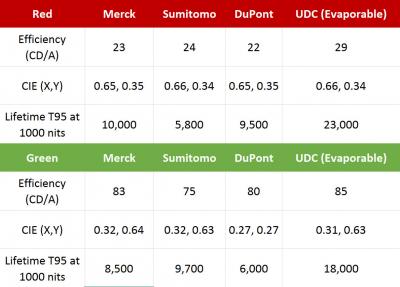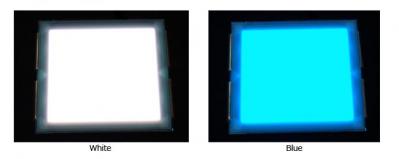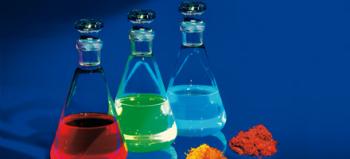JDI raises its stake in JOLED for $100 million, receives $650 million from INCJ to grow its LCD and OLED business
 JOLED (Japan OLED) was established in August 2014 by Japan Display (15%), Sony (5%) and Panasonic (5%) with an aim to become an OLED medium display producer using printing technologies. The Innovation Network Corp of Japan (INCJ), which funded JOLED, had a 75% stake.
JOLED (Japan OLED) was established in August 2014 by Japan Display (15%), Sony (5%) and Panasonic (5%) with an aim to become an OLED medium display producer using printing technologies. The Innovation Network Corp of Japan (INCJ), which funded JOLED, had a 75% stake.
In early 2016 it was reported that Japan Display (JDI) aims to acquire JOLED, and this deal is finally taking place - JDI will pay around $100 million USD to INCJ and will raise its stake to over 50% (which values JOLED at around $300 million). Reuters say that the financing transactions, though, will only end towards the end of 2017.











